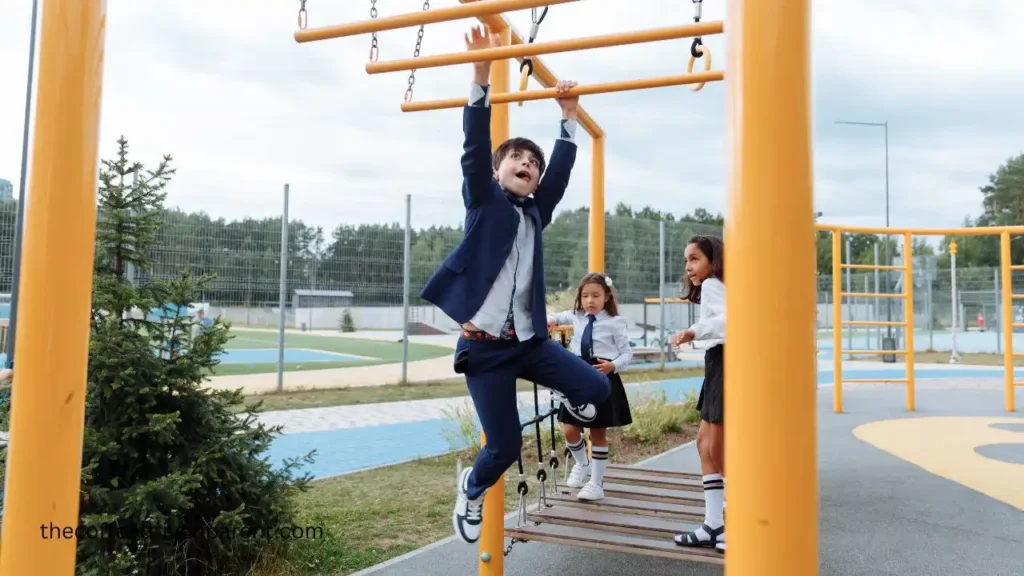Consider 5 Solo Activities for Kids to Promote Independence

I frequently have to balance a lot of duties as a parent while making sure my child is interested and learning. Solo pursuits have changed the game during these times. They help my child become independent and develop cognitively in addition to keeping them busy. Here are some best solo activities for kids:
Table of Contents
Understanding the Difficulty
Children in today’s fast-paced society are frequently surrounded by planned activities and continual supervision. Even though this setting is well-meaning, it may unintentionally restrict their capacity for autonomous play.
Limitations in Independent Play’s Effects
Lack of opportunities for solitary hobbies can cause kids to become unduly dependent on outside stimulation. Their capacity for self-soothing, problem-solving, and creative development may be hampered by this reliance. Constant supervision may also stifle their innate curiosity and exploratory spirit.
Taking Up Solo Activities for kids: A Way to Develop
Promoting solo activities for kids can have a positive impact on kids’ growth. Independent play improves problem-solving abilities, develops resilience, and stimulates imagination, according to research. For example, a Temple Infant Lab research emphasizes how play promotes “whole child development,” which includes physical, social, emotional, and cognitive development.
Useful Solo Activities for kids
Solving Puzzles
Children’s critical thinking and spatial awareness are enhanced when they solve puzzles. Children between the ages of 4 and 5 were able to solve a variety of problems, improving their mental rotation skills, according to a study published in Child Development.
Building with Blocks
Using Blocks for Construction Building things out of blocks fosters creativity and improves fine motor abilities. Children use trial and error to learn about design, symmetry, and balance.
Coloring and Sketching
Children’s hand-eye coordination and emotional expression are enhanced through artistic endeavors. Having a range of resources available can help them use their imagination.

Reading Books
Reading by Himself Reading on one’s own improves linguistic proficiency and focus. Making time for reading in peace can foster a love of reading that lasts a lifetime.
Nature Exploration
Investigating Nature Curiosity and a respect for the environment can be sparked in kids by encouraging them to watch insects, gather leaves, or study wildlife.
Including Solo Activities for kids in Everyday Life
To successfully incorporate solo activities:
Establish a Dedicated Space. Arrange a welcoming and secure space with easily available supplies.
Create a Routine. To foster consistency, including solitary playtime in the daily agenda.
Provide Options. Let kids choose their own activities to promote independence and judgment.
Be Supportive. To increase confidence, reward hard work and acknowledge accomplishments.
TAKEAWAY
Your child’s routine may change if you include solo activities for kids in their daily schedule. These activities help kids develop into self-sufficient, imaginative, and resilient adults while also giving parents some much-needed downtime. The basis for our children’s overall development is laid by creating an atmosphere that supports and promotes independent play.
RELATED POSTS
Why Are Nature Art Projects for Kids Essential for Development?
Youthful Zen: “Flower Pose Yoga for Kids – Journey to Tranquility
Why Are First-Time Mom Struggles So Emotionally Draining?
Frequently Asked Questions About Solo Activities for Kids
What are the benefits of solo activities for kids?
Activities done alone develop self-reliance, inventiveness, and problem-solving abilities. By letting kids pursue their hobbies at their own speed, they help them develop resilience and self-assurance.
At what age can children start engaging in solo play?
At six months of age, children can start playing alone for brief amounts of time, progressively extending as they mature and gain attention spans.
How long should solo play sessions last?
Depending on their level of attention and energy, older kids may enjoy 30 minutes or longer, while toddlers may only be involved for 5 to 10 minutes.
What are some examples of solo activities for kids?
Examples include reading, coloring, building with blocks, puzzles, and imaginative play, such as putting up a miniature business or cooking.
How can I encourage my child to play alone?
Using easily accessible resources, create a secure and welcoming play area. Begin with well-known activities, then progressively add new ones while recognizing individual efforts.
Are solo activities suitable for all children?
Although most kids benefit from playing alone, everyone has different tastes. Adapt activities to each person’s interests and stage of development to guarantee participation.
Can solo activities help with my child’s focus and attention?
Indeed, youngsters who work alone are better able to focus and pay attention because they learn how to focus without outside guidance.
Do solo activities support academic learning?
Reading and educational games are two examples of solitary activities that strengthen academic abilities while encouraging cognitive growth and a love of learning.
How do solo activities impact social skills?
While solo play focuses on individual engagement, it also allows children to process social experiences and develop empathy through imaginative scenarios.
What role do parents play in solo activities?
Parents should provide a supportive environment, offer appropriate materials, and encourage independence while remaining available for guidance if needed.






